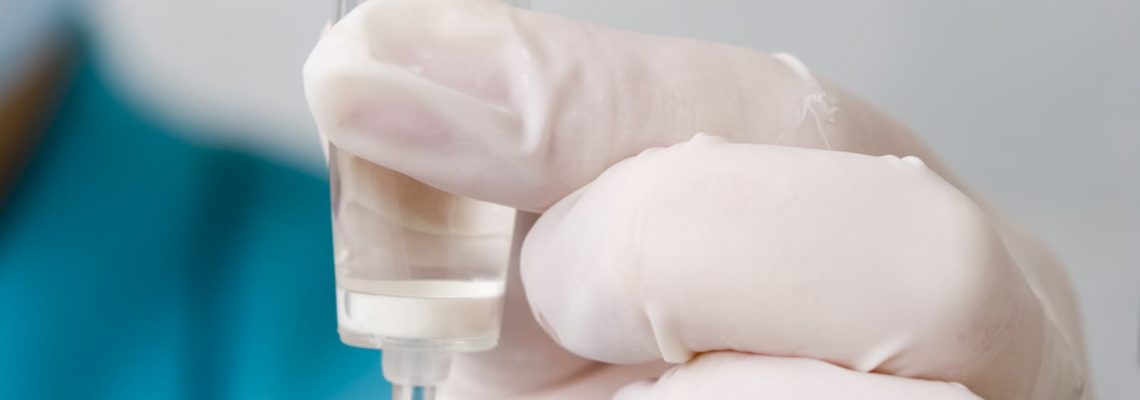The purpose of an E&L (extractables and leachables) study is to examine materials intended for use in commercial products to detect specific contaminants that arise via chemical migration. Owing to the complexity and ubiquity of polymer systems in modern consumer and professional goods, extractables and leachables testing is primarily concerned with potential contaminants present in plastics.
Virtually all polymeric systems contain extractable small molecule species (antioxidants, cross-linkers, oligomers, residual monomers, etc.) that can be toxic if released from the plastic matrix. Extractables and leachables testing is conducted to identify and quantify these species in accordance with additional toxicology data, to limit risks to human health and avoid costly product recalls.
Characterizing deleterious small molecules in polymer systems is not only prudent from an ethical and cost perspective, but it is now a matter of regulatory necessity. The Food and Drug Administration’s (FDA) Safety Modernization Act now specifically refers to extractable and leachable components:
“A drug or device shall be deemed to be adulterated…if its container is composed, in whole or in part, of any poisonous or deleterious substance which may render the contents injurious to health.”
In the white paper, Determining Extractables and Leachables in Polymeric Materials, Jordi Labs offers a comprehensive overview of E&L testing. We also provide a breakdown of typical experiment parameters from sample selection to downstream quality control. This paper functions as a detailed guide on why you should, and how to perform extractables and leachables testing.
If you have any specific queries that this white paper does not cover, please feel free to contact a member of the Jordi team.





